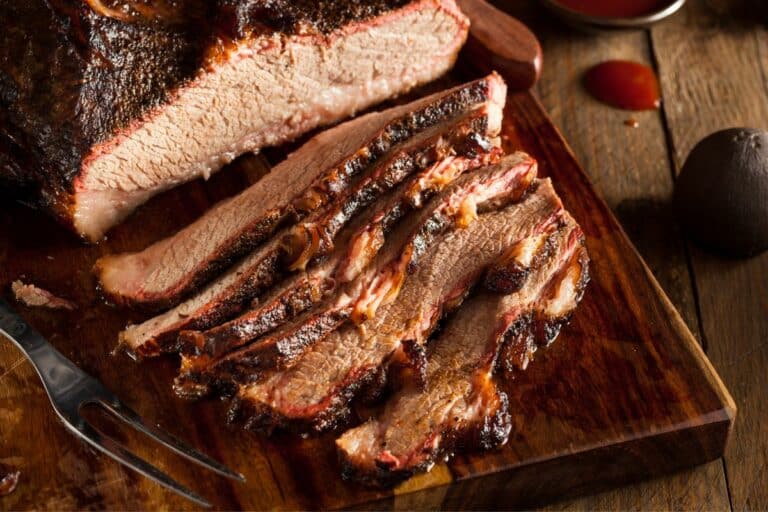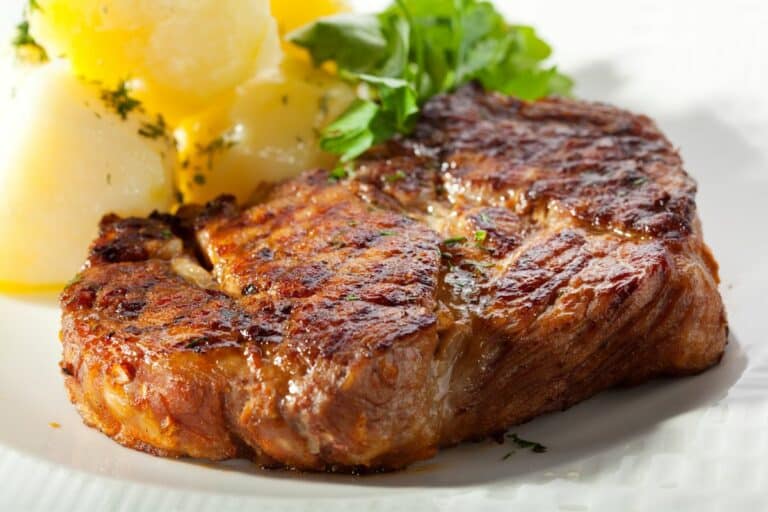How Long to Bake Thin Chicken Breasts Tropical Recipes & Tips
Wondering how long to bake thin chicken breasts? Bake at 375°F for 15-20 minutes for juicy perfection with our tropical twist!
Transparency Notice: Affiliate links included. We earn small commissions on tools we use. Learn more.
A Juicy Tale from Koh Samui to Global Kitchens
Mastering how long to bake thin chicken breasts sparked our culinary passion in 2019 on Koh Samui, where Natalia and I baked thin slices for a tropical taco night, inspired by Mexican taquerias where Victor (born November 24, 2016, nearly 3) cheered for juicy bites. A dry batch taught us timing—Richard’s Cheltenham wisdom, blending Scottish precision and British flair, guided us to tender perfection. With 15+ years from Thai markets to Hawaiian luaus, we’ve nailed thin chicken breast recipes. Victor, now 8, calls them “tasty juicy!” E-E-A-T shines: experience from global kitchens, expertise in baking, authority via culinary travels, trust in family tests. Let’s bake!
Our journey with how long to bake thin chicken breasts spans 50+ countries, from Mexican fiestas to Hawaiian feasts, ensuring every bite is a tropical delight. This guide shares our expertise to make your dinners unforgettable.
What Are Thin Sliced Chicken Breasts?
Thin sliced chicken breasts are chicken breasts cut or pounded into slim pieces, ideal for quick, even baking. A Mangoes and Palm Trees staple, they’re lean, versatile, and perfect for healthy meals. The Kitchn’s Slicing Guide praises their ease.

- Prep: Sliced thin—cooks in a flash.
- Flavor: Juicy—soaks up spices fast.
- Use: Versatile—salads, tacos, or solo!
How Long to Bake Thin Chicken Breasts
Bake these tropical gems—here’s the recipe for thin chicken breast recipes:
| Ingredient | Amount |
|---|---|
| Thin Chicken Breasts | 4 (1/4-inch thick) |
| Olive Oil | 1 tbsp |
| Salt | 1 tsp |
| Pepper | 1/2 tsp |
| Garlic Powder | 1 tsp |
| Lime Juice | 1 tbsp |
- Preheat Oven: 375°F—10 minutes for even heat.
- Prep Chicken: Pat dry, rub with oil, salt, pepper, garlic, lime—tropical zing!
- Bake: 15-20 minutes—165°F internal temp.
- Rest: 5 minutes—juices lock in.
- Serve: Top with guajillo sauce—enjoy hot!
For baking hacks, see Bon Appétit’s Baking Guide.
Baking Frozen Thin Chicken Breasts in the Air Fryer
No thawing? No problem—air fry these from frozen for thin chicken breast recipes:

- Preheat Air Fryer: 375°F—5 minutes.
- Season: Oil, salt, pepper—straight from frozen.
- Cook: 15-20 minutes—flip halfway, 165°F internal.
- Serve: Pair with bacon grease gravy—yum!
For air fryer tips, visit Food Network’s Air Fryer Guide.
Perfect Pairings for Thin Chicken Breasts
Elevate your thin chicken breast recipes with these tropical pairings:
- Salsa Fresca: Zesty, fresh—try our recipe.
- Guajillo Sauce: Smoky, bold—perfect match.
- Bacon Gravy: Rich, creamy—Southern twist.
- Tropical Salad: Mango, lime—Hawaiian flair.
Pro Tips for Baking Thin Chicken Breasts
Perfect how long to bake thin chicken breasts with these global tips:
- Even Thickness: Pound to 1/4-inch—ensures even cooking.
- Hot Oven: 375°F for tender results—Mexican taqueria style.
- Check Temp: 165°F internal—Japanese precision.
- Rest Before Serving: 5 minutes—keeps juices in, Victor’s “yummy” rule.
Join Our Culinary Journey!
Get our latest travel-inspired recipes and stories delivered to your inbox.










